
We are up in the sky, flying home from San Antonio early on this Saturday morning. Once home, we have a full day’s work. I am re-recording the introduction of the new “PsyWar” book - as that particular section was the first recorded and ended up with a few little glitches. Jill will unpack, do laundry, and prepare to leave for Tokyo on Monday morning. Then she is going to ride Jade. After that, we have lots of horses to clean up and take videos of so that she can get horse sales ads up.
Earlier in the week, a Portuguese trainer and friend stopped by the farm to help us evaluate our breeding program. He was very helpful, and together, we made some decisions about which foals to keep and which to sell.
Hard, hard decisions. Once we get the photos and videos uploaded, I will write more about the horses, the farm and all that is going on.
But today, I want to concentrate on an important news story that didn’t make the MSM “headlines” for some reason. <sarcasm>
India is considered the “diabetes capital” of the world, with 15% of the world’s diabetics living there. This translates into 77 million people with diabetes. Most are obese and are either middle-aged or older.
As if that is not bad enough, according to a recent headline, there are “growing concerns” in India about the continuing rise of dementia in diabetic patients in India.
Recent studies have shown a large association between diabetes and Alzheimer’s disease, and other forms of dementia. Recent studies suggest that vascular disease, alterations in glucose, insulin, and amyloid metabolism, and increased systemic inflammation underlie the pathophysiology.
According to the 2021 Pew Research Center survey, about 39% of Indian adults are vegetarian. The typical Indian diet is high in carbohydrates (including sugar). A more sedentary lifestyle, combined with more processed foods - particularly wheat and rice-based foods- appears to be linked to the rising rates of obesity, diabetes, and dementia.
Currently, India has four million people living with some form of dementia. Elderly diabetic patients are twice as likely as non-diabetics to develop Alzheimer’s disease.
The not-so-shocking conclusion of the news story (for those that follow this substack) is that the author cites the solution to this crisis is big pharma. Yep, more drugs. The story concludes with
As in the United States, glyphosate is used extensively on crops in India. However, since 2022, India has required a license to use glyphosate. At least one article noted that tea is sprayed heavily with glyphosate. It wouldn’t surprise me if glyphosate is used as a desiccant for tea crops.
As I have reported in many articles previously, glyphosate is linked to a host of diseases and poor outcomes, including obesity. A recent peer-reviewed paper used the National Health and Nutrition Examination Survey (NHANES) at the CDC, to extract glyphosate and adverse outcomes. The NHANES is a large research program designed to assess the health and nutritional status of adults and children in the United States. The NHANES combines interviews and physical examinations.
The results are chilling:
The data on urine GLY concentration and nine health outcomes, including type 2 diabetes mellitus (T2DM), hypertension, cardiovascular disease (CVD), obesity, chronic kidney disease (CKD), hepatic steatosis, cancers, chronic obstructive pulmonary disease (COPD), and neurodegenerative diseases (NGDs), were extracted from NHANES (2013-2016)
The findings of the study revealed that individuals with higher urinary concentrations of GLY had a higher likelihood of having T2DM (type 2 diabetes), hypertension, CVD and obesity (p < 0.001, p = 0.005, p < 0.001 and p = 0.005, respectively). In the reverse-scale Cox regression, a notable association was solely discerned between exposure to GLY and the risk of T2DM (adjusted HR = 1.22, 95% CI: 1.10, 1.36). Consistent outcomes were also obtained via logistic regression analysis, wherein the adjusted OR and 95% CI for T2DM were determined to be 1.30 (1.12, 1.52). Moreover, the present investigation identified serum high-density lipoprotein cholesterol (HDL) as a mediator in this association, with a mediating effect of 7.14% (p = 0.040). This mediating effect was further substantiated by RCS regression, wherein significant dose-response associations were observed between GLY exposure and an increased risk of T2DM (p = 0.002) and reduced levels of HDL (p = 0.001). Collectively, these findings imply an association between GLY exposure and an increased risk of T2DM in the general adult population.
Worldwide, there are currently about 500 million people with type 2 diabetes, which is considered a disease of the obese, as obesity is a significant risk factor for developing type 2 diabetes.
In the USA, 74% of adults are overweight or obese. Over 40% are obese, and almost 10% are severely obese. As shown in the graph below, as of 2018 20% of children meet the criteria for obesity. Recent studies suggest this percentage has grown even larger over the past five years.
To put it more bluntly, nearly one-third of children in the United States are overweight or obese.
During the COVID-19 pandemic, type 2 diabetes diagnoses rose significantly among children. A study found that new diagnoses among children aged 8 to 21 increased by 77% during the pandemic's first year compared to the previous two years.
Long-term Trends: From 2002 to 2018, the incidence of type 2 diabetes in U.S. youths doubled from 9 per 100,000 to 17.9 per 100,000. The peak age for diagnosis is around 16 years for both boys and girls.
Contributing Factors: The increase in childhood obesity is a major driver of type 2 diabetes in children. Obesity leads to insulin resistance, which is a key factor in developing type 2 diabetes. Poor diet and physical inactivity are considered the main risk factors.
“Killing them in kindness”
My very British mother-in-law would use that phrase to describe how people would “ruin” their children or pets.
There is no question that we, as Americans, are killing ourselves and our children with kindness.
In our quest to protect our children, we no longer let them outside to “free range” around neighborhoods, to play, run, chase, throw objects, and generally just be children. Instead, they play games and talk/text on their computers or phones to friends. This means little or no exercise and a lack of vitamin D. New evidence suggests that vitamin D deficiency is one of the main culprits of cavities.
For children and adults alike, food choices are packaged and easily opened - to fit into busy lifestyles. You don't need to do anything. Food is used as a comfort and as a reward. We are conditioned by advertising to view food, not as a way to fuel and maintain our health, but as a substitute for whatever ails us. Whether it be a failed relationship, problems at work or mental health issues, there are always potato chips and a nice, big glass of sugar-laden Coke.
We have to break our addiction to carbohydrates -including sugar, packaged food, processed foods, and the constant cycles of binging.
Food addiction is being promoted, not only by big ag but by big pharma, which sees the obesity crisis as an opportunity.
Physicians must also share some blame. Rather than insisting on dietary restrictions and teaching patients about organic eating and nutrition (particularly about avoiding sugars, seed oils, and processed foods), they rely on new and improved drugs, such as GLP-1 inhibitors, that these patients can expect to be on these drugs for life. Unless they are able to achieve significant lifestyle changes. To write it, I am not against these drugs. For an obese person, these drugs can be a lifesaver to jump-start a healthy lifestyle, but they have to be combined with significant lifestyle changes. This is key. But this is not what most doctors are bothering to teach, or even promote.
The Glyphosate Addiction
People must remove glyphosate and other toxins from their diet. Until legislation bans the use of glyphosate, that means eating organic foods. Because of how grain is now processed, using glyphosate as a desiccant (a relatively new development), organic grain should be bought. Round-up ready crops are a whole other issue whereby glyphosate is used directly on food plants. The spike in glyphosate usage after the introduction of these two methods of weed control was enormous. Each year, the amount of glyphosate used on crop plants increases exponentially.
For most people, learning how to eat without an excess of carbs is critical.
Because so much of the American diet is now processed foods, and the main ingredients of these are cereal grains, I postulate that Americans are just addicted to processed foods and carbs but to glyphosate itself. They can not conceive of buying food free from such toxins.
Don’t take my word for it, here is a typical AI response to the question: “what are the dangers of glyphosate”
Glyphosate, the active ingredient in many herbicides like Roundup, has been the subject of much research and debate regarding its potential health risks. Here's a summary of key concerns from a standard AI database, which used this review as it’s main source of information.
Cancer risk: Some studies have suggested a possible link between glyphosate exposure and certain cancers, particularly non-Hodgkin lymphoma. The International Agency for Research on Cancer classified glyphosate as "probably carcinogenic to humans" in 2015.
Liver and kidney damage: Research has indicated potential links between glyphosate exposure and liver and kidney issues, including non-alcoholic fatty liver disease and chronic kidney disease.
Endocrine disruption: Some studies suggest glyphosate may interfere with hormone function, potentially affecting fertility and reproductive health.
Digestive issues: Glyphosate may affect gut bacteria, potentially impacting the human gut microbiome.
Developmental concerns: There are worries about potential developmental effects, particularly from exposure during pregnancy or childhood.
Neurological effects: Some research has suggested possible neurological impacts, including potential links to conditions like autism spectrum disorder.
Environmental persistence: While glyphosate binds to soil, there are concerns about its accumulation in the environment due to widespread use.
Over the 45 years that we have been married, Jill and I have grown and bought organic for much of our food. However, over the past twenty years, with the advent of using herbicides as a desiccant for grain crops, we did not realize the dangers of store-bought cereals, bread, and pasta.
We have now significantly decreased, but not entirely eliminated, these from our diet. It is hard to do at first. We also stopped keeping sugar in our main house.
Basically, over the past two years, we have cleaned up our diet and each lost between 40-50 pounds by doing so.
We feel fantastic, and at least Jill looks years younger.
Finally, people like to object to the cost of eating organic, and it is true that some food stuffs cost a lot more, particularly meat and dairy. But the truth is that when one eats less on the scale of processed foods, the price drops. Bulk food is cheaper.
Organic apples, bananas, cabbage, kale, chard, fruit and veg in season, dried beans, whole grain flours - these items aren’t expensive compared to potato chips, crackers, manufactured cakes, breads, candy, sugar water drinks, and cookies. These items fill up most Americans shopping carts and a careful eye on people’s totals show that these items aren’t cheap!
Excuses.
Eating to comfort oneself is a powerful addiction. Breaking it is hard work.
For Jill and I, it was my wake-up call after I developed pre-diabetes as well as my job-related injuries (hypertension, potts, cardiac arrhythmia, etc.). These days, we eat pretty darn clean.
Pro tip: intermittent fasting strategies work. We tend to eat after noon and try to be done with our last meal by 7:00 PM. We also usually eat only two meals a day.
We both weigh in almost everyday. If we gain a couple of pounds, we put ourselves on a strict diet, combined with intermittent fasting. We also protein load - as in, each day, we make sure we gets lots of protein. A higher protein level is required as we age, as our gut also doesn’t absorb nutrients as well. Likewise, we take many supplements and specific vitamins, which greatly affect our cognitive function. We just are very conscious of what we put in our bodies.
For us, this is a lifestyle - it is how we live. It is not a diet. It is a regimen that we live by. The funny thing is that after two years, I don’t miss the foods we used to eat, and I don’t feel hungry. This feels right.
So break your food and glyphosate addiction to live longer and to have a higher quality of life.
Yeh, it isn’t easy at first, but it is worth it.
References:
Fryar CD, Carroll MD, Afful J. Prevalence of overweight, obesity, and severe obesity among children and adolescents aged 2–19 years: United States, 1963–1965 through 2017–2018. NCHS Health E-Stats. 2020.
Ogden CL, Carroll MD, Lawman HG, et al. Trends in obesity prevalence among children and adolescents in the United States, 1988-1994 through 2013-2014. JAMA. 2016;315(21):2292-2299.
Hales CM, Carroll MD, Fryar CD, Ogden CL. Prevalence of obesity among adults and youth: United States, 2015–2016. NCHS Data Brief. 2017;(288):1-8.
Centers for Disease Control and Prevention. Childhood Obesity Facts. Updated April 5, 2021.
National Health and Nutrition Examination Survey (NHANES) data, 2017-2018. National Center for Health Statistics.




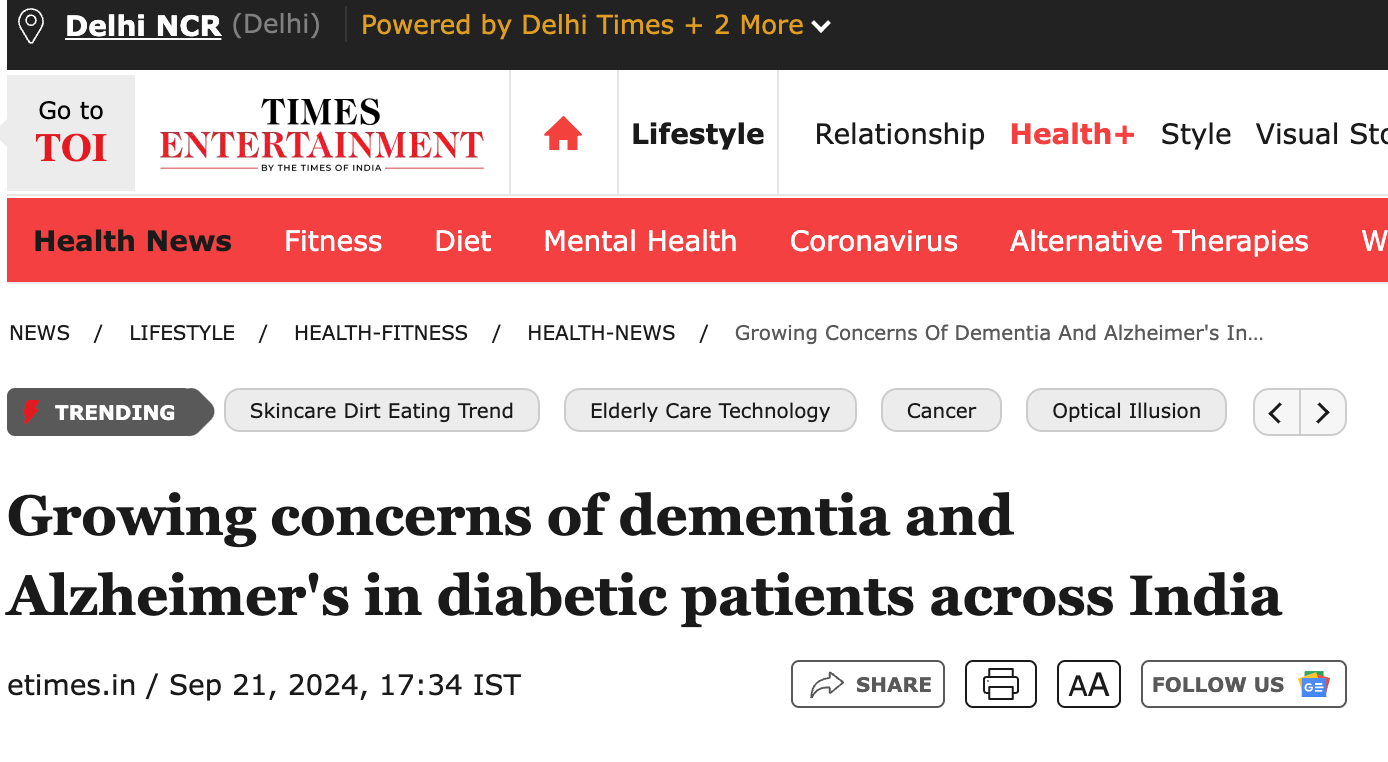
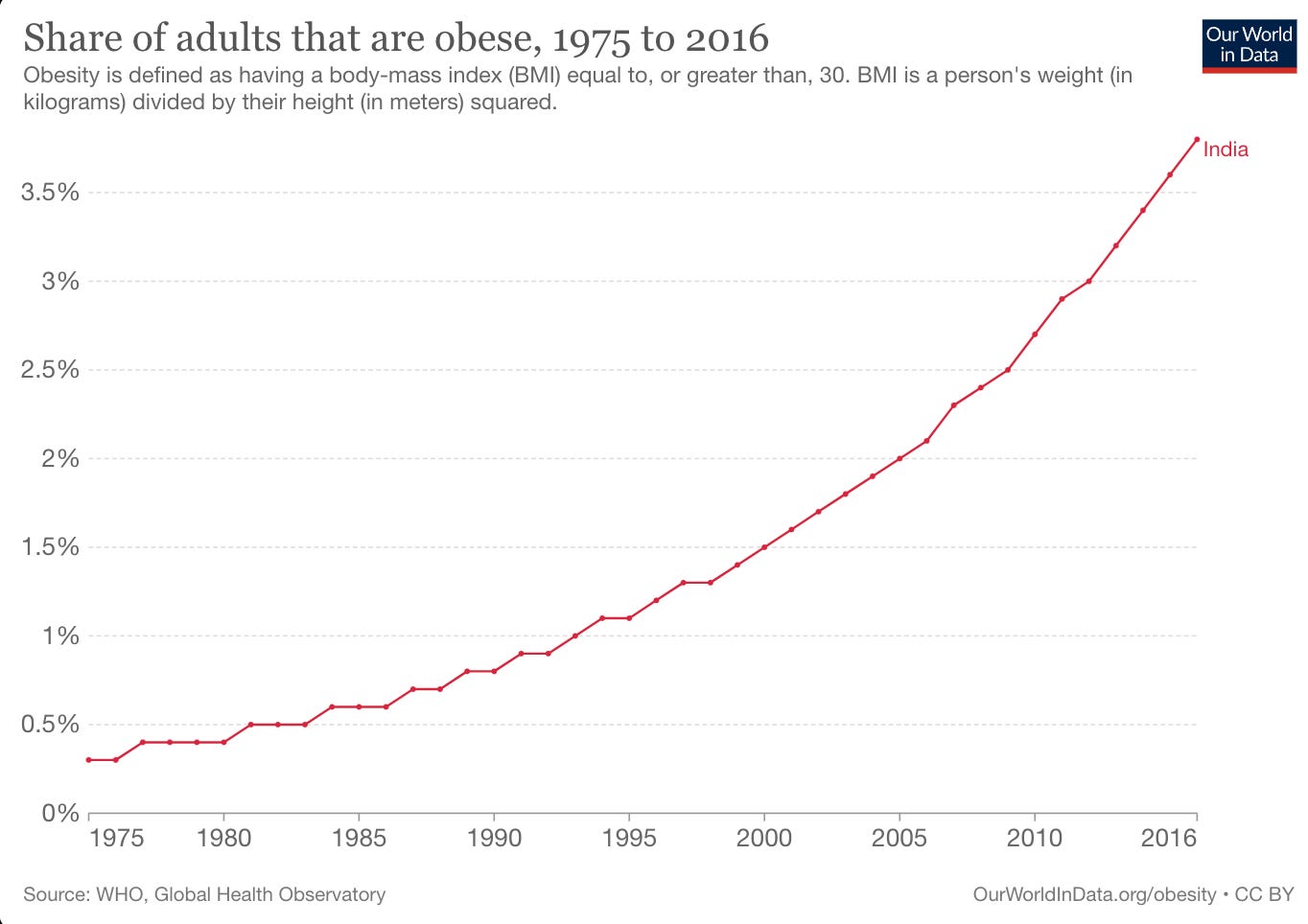
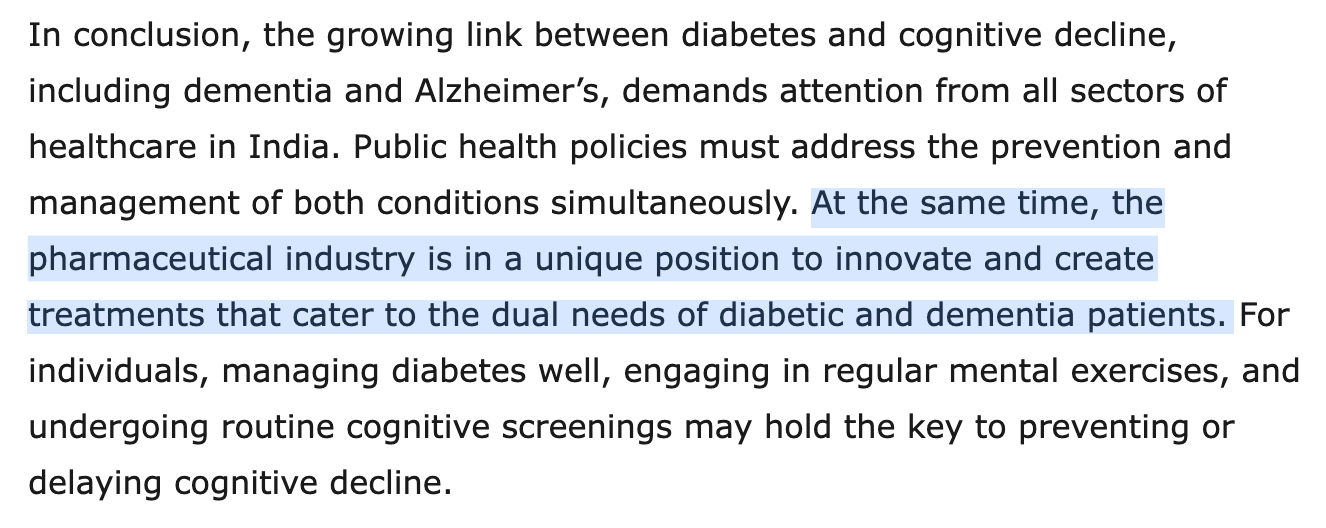
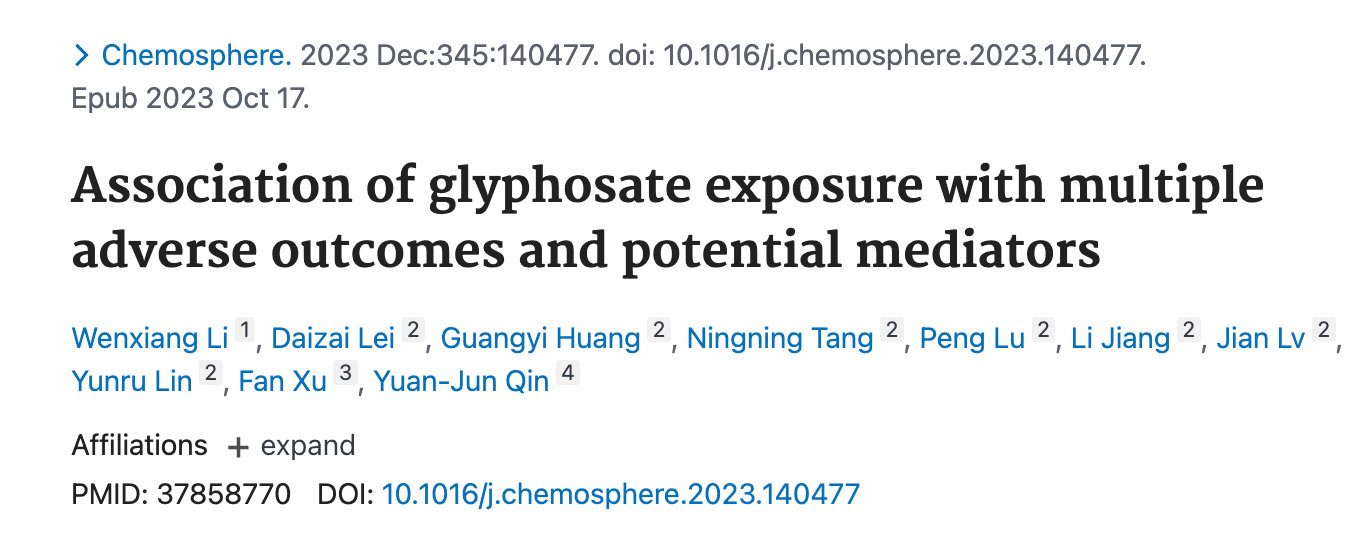
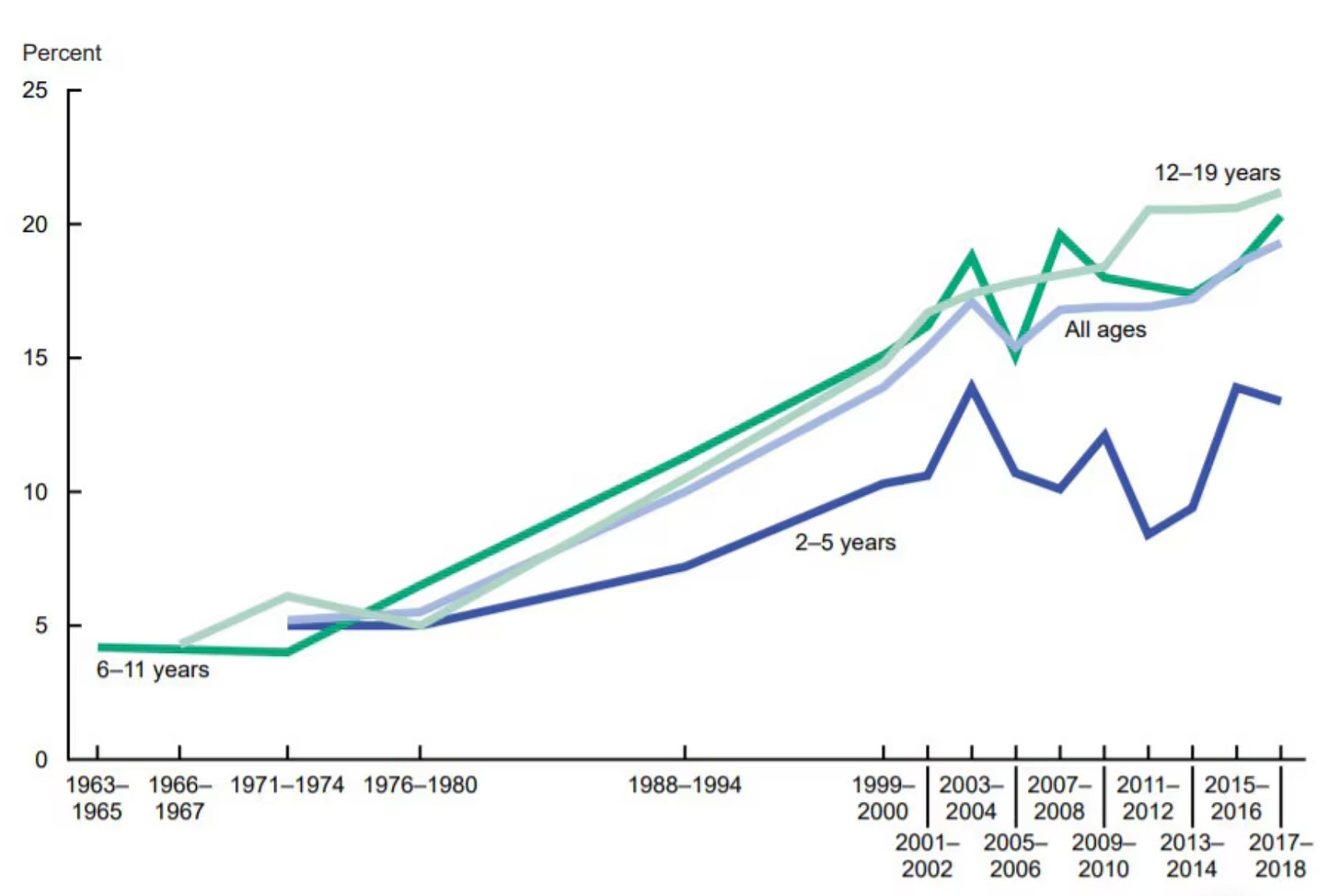











A reader pointed out that I didn't include enough of the results of the "Association of glyphosate exposure with multiple adverse outcomes and potential mediators" paper. And they are right.
My bad (my only excuse was that the trip home was tiring)
I edited the Substack to include the following abstract conclusion from the study:
"The findings of the study revealed that individuals with higher urinary concentrations of GLY had a higher likelihood of having T2DM (type 2 diabetes), hypertension, CVD and obesity (p < 0.001, p = 0.005, p < 0.001 and p = 0.005, respectively). In the reverse-scale Cox regression, a notable association was solely discerned between exposure to GLY and the risk of T2DM (adjusted HR = 1.22, 95% CI: 1.10, 1.36). Consistent outcomes were also obtained via logistic regression analysis, wherein the adjusted OR and 95% CI for T2DM were determined to be 1.30 (1.12, 1.52). Moreover, the present investigation identified serum high-density lipoprotein cholesterol (HDL) as a mediator in this association, with a mediating effect of 7.14% (p = 0.040). This mediating effect was further substantiated by RCS regression, wherein significant dose-response associations were observed between GLY exposure and an increased risk of T2DM (p = 0.002) and reduced levels of HDL (p = 0.001). Collectively, these findings imply an association between GLY exposure and an increased risk of T2DM in the general adult population."
About 25 years ago now... I was so far over on the plant based diet side that my son made me a bowl with the words "Rice and Beans Again??" I had sworn off beef after learning about the slaughterhouse industry!! And then I learned about gluten and grass-fed beef!!! I quit all "bread" products!! It was a struggle for a while as they would "call" to me!!! Nowadays, I don't even see them as food!! I am always stunned by how much space in the "grocery" stores is devoted to starches, sugars and fake sugars!!! 90% of my shopping is done around the perimeter of the store!!
Then one day I kind of "accidentally" began eating almost only grass-fed ground beef and found my energy and thinking ability increasing!!!
Today I am almost entirely "carnivore" by default!!! The veggies I used to eat tons of... now cause me digestive distress and "run" right through my "sewer system" into the man-made sewer system!! I suspect that may be because "everything" (even organic) is contaminated with destructive chemicals in the "food," water and air!!
After completing my 80th trip around the sun in June, I still do my own car/building repairs, lawn mowing, etc. I'm getting back into weight lifting, my sleep is getting better and better and no one is able to guess my correct age!!! I also take some supplements and... zero!!... pharmaceutical poisons!!!